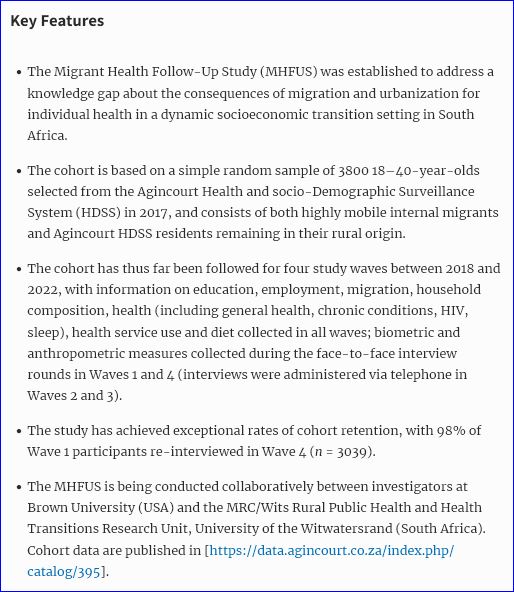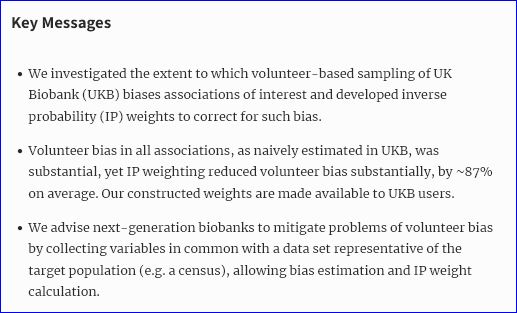
IJE
@IntJEpidemiol
Followers
7K
Following
199
Statuses
3K
The International Journal of Epidemiology, published by Oxford University Press on behalf of the International Epidemiological Association
Sydney, New South Wales
Joined October 2014




















